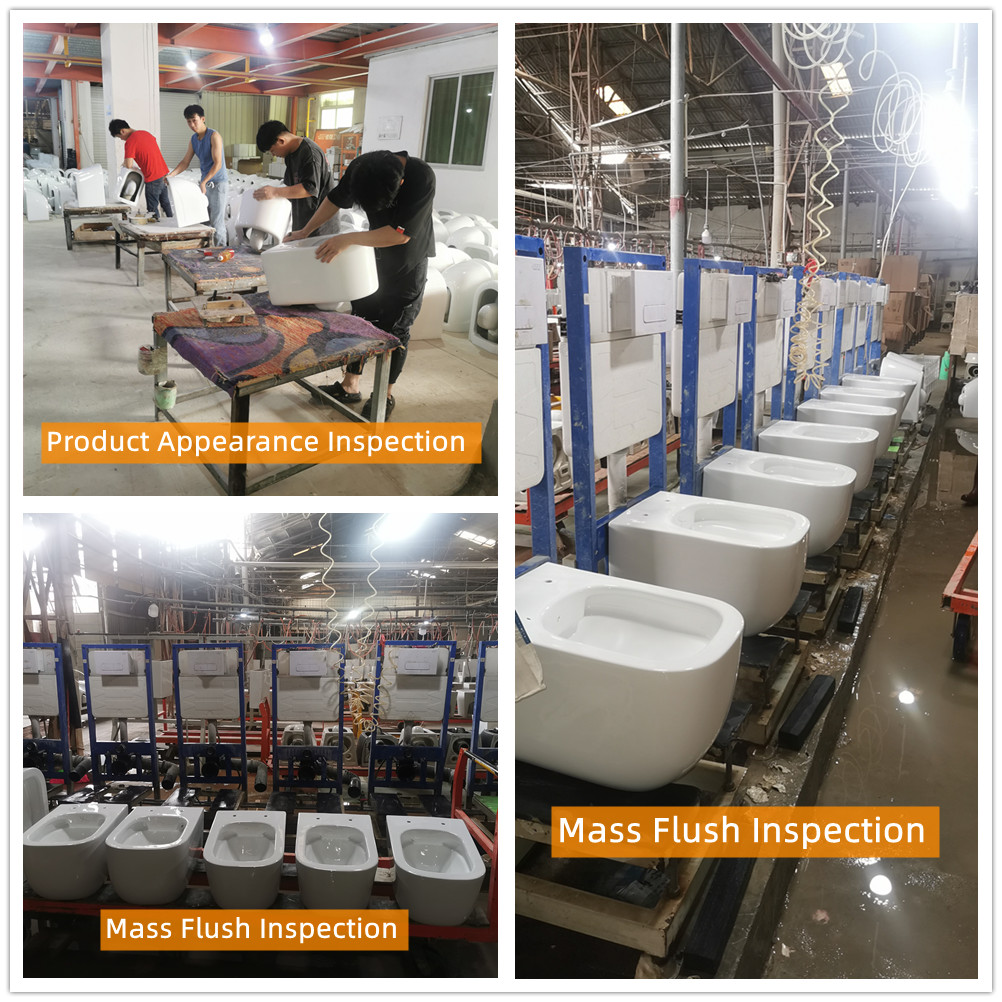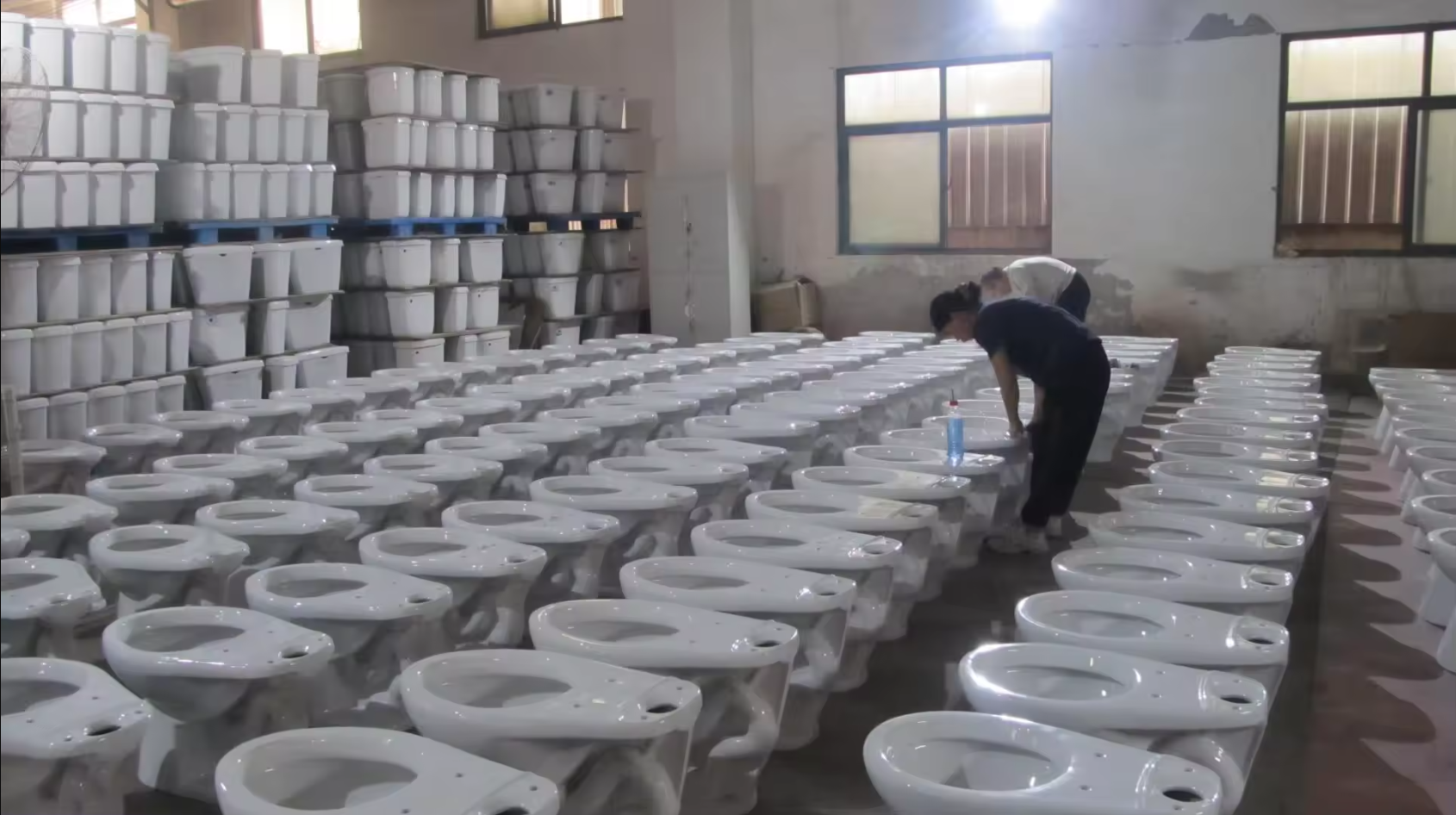Inspecting a ceramic toilet is an important step in ensuring its quality, durability, and long-term performance. Whether you’re purchasing a new toilet for your home or renovating an existing bathroom, it’s crucial to know what to look for during the inspection process. Here’s a guide on how to inspect a ceramic toilet, step by step:
Examine the Overall Appearance
Start by visually inspecting the toilet from all angles. Look for any cracks, chips, or scratches on the surface. These imperfections can not only affect the appearance but also compromise the structural integrity of the toilet. Ensure that the color and finish are uniform and consistent, with no blotches or discoloration.
Check the Shape and Size
Verify that the toilet bowl and tank conform to the standard dimensions specified for your bathroom. Measure the height, width, and length of the toilet to ensure it will fit comfortably in the designated space. Also, inspect the shape of the bowl, paying attention to the contours and curves. A well-designed toilet bowl should have a smooth, comfortable shape that’s easy to clean.
Inspect the Flush Mechanism
The flush mechanism is a crucial component of any toilet. Inspect the flush handle or button to ensure it’s securely attached and operates smoothly. Test the flush by filling the tank with water and pressing the handle or button. Listen for any unusual noises or leaks during the flush cycle. The water should drain quickly and completely from the bowl, leaving no residual water or stains.

Hanging Toilet Inspection
Examine the Seat and Lid
If the toilet comes with a seat and lid, inspect them carefully. Ensure that the seat fits securely on the bowl and doesn’t wobble or move when you sit on it. The lid should also fit snugly and close evenly without any gaps. Check for any cracks, scratches, or discoloration on the seat and lid, as these can indicate wear and tear.
Inspect the Water Supply Lines
If the toilet is already installed, inspect the water supply lines leading to the tank. Ensure that the lines are securely connected and free of leaks. Check for any rust or corrosion on the lines, as this can indicate age or damage. Also, verify that the shut-off valve is in good working order and can be easily accessed for maintenance or repairs.
Test the Water-Saving Features
Many modern ceramic toilets come with water-saving features such as dual-flush systems or low-flow designs. If your toilet has these features, test them to ensure they work properly. Fill the tank with water and try both flush options (if available). Note the difference in water usage between the two flushes and ensure that the low-flow option provides sufficient flushing power.
Check for Compliance with Standards
Finally, verify that the ceramic toilet you’re inspecting meets the relevant standards and regulations in your area. Look for certification marks or labels on the toilet that indicate it has been tested and approved for use. This ensures that the toilet is safe, reliable, and meets the minimum performance requirements set by regulatory bodies.

Toilet certificate
In conclusion, inspecting a ceramic toilet involves a thorough visual and functional assessment of the various components. By following the steps outlined above, you can ensure that you’re purchasing or installing a quality toilet that will provide reliable performance for years to come. Remember to be vigilant and attentive during the inspection process to catch any potential issues before they become problems.

